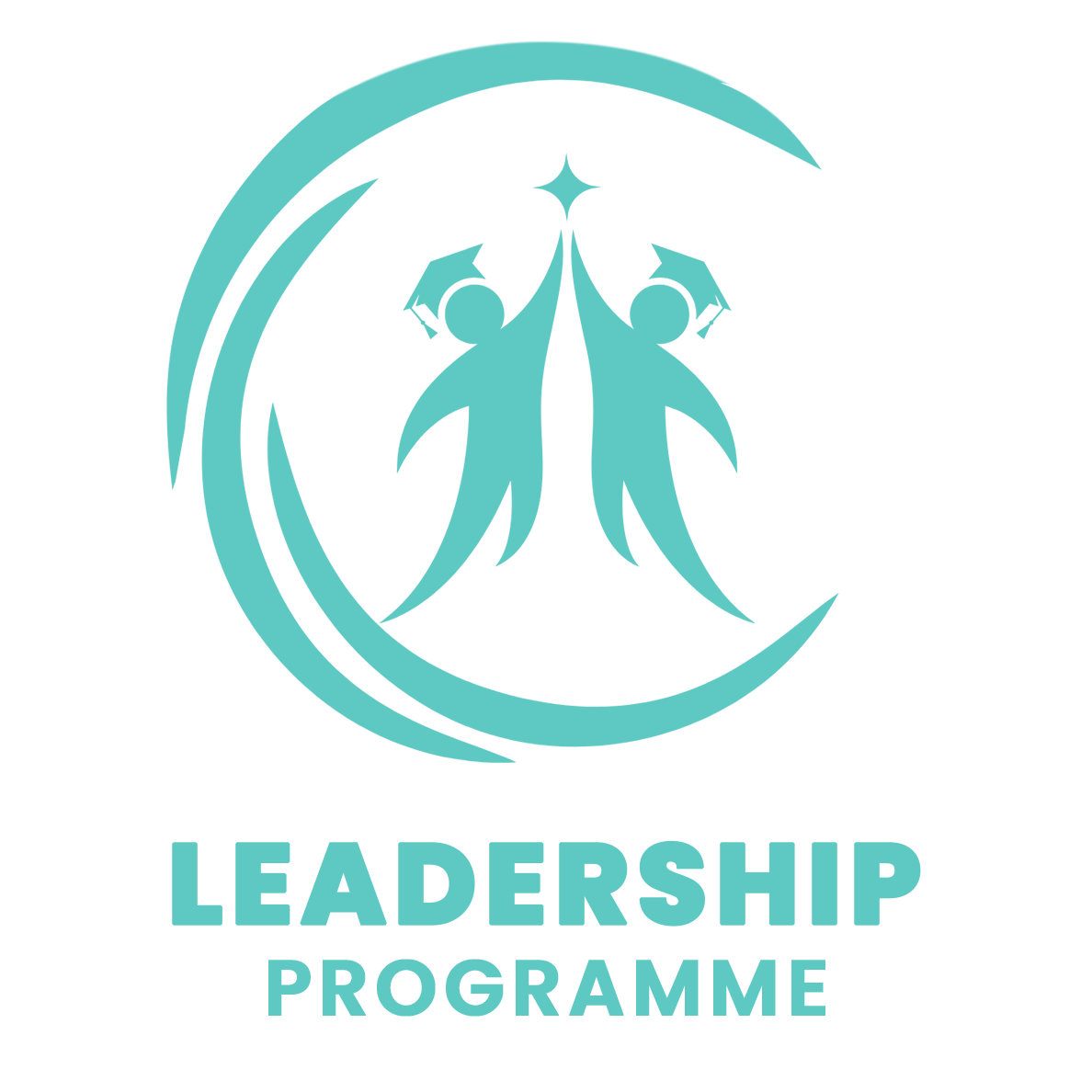
Implementation of Inclusivity and Diversity
Inclusive policy proposals for school solutions that address physical barriers are critical to the efficient implementation of inclusive education because they ensure that all students’ needs are met. By adhering to inclusivity policy standards, international schools may restructure their operations to guarantee that all students have access to course content, can participate completely in learning activities, and can demonstrate their talents during evaluations. The learning environment must be modified to accommodate diversity as part of inclusive standards that prioritize not just education quality but also education quality for all learners. Placing special needs students in regular schools without addressing issues about instructional, human, and structural support for educational diversity will result in inclusion failing horribly (Hughes, 2015). Schools that embrace diversity use tactics that not only provide equitable access to the school curriculum for all students, but also need the establishment of financial support systems that offer vital resources for children with special education needs to excel in the classroom.
To identify and execute inclusive education programs, all critical aspects influencing the implementation process must be under control. As a consequence, policy implementation is concerned with cooperation within educational systems, which are charged with carrying out policy objectives. While implementing inclusive education policies, some of the difficulties associated with these practices become apparent as a result of prior errors (Gallup, 2017). Mulugeta (2015) cites two factors that influence school-based policy implementation approaches as the policy content and the context in which the policy must be implemented. Consumers and stakeholders whose interests are touched by the policy, as well as the desire and capacity of implementers to carry it out, are all critical aspects to examine when assessing policy implementation (Puhan et al., 2014).
The content of the policies being implemented is one of the most critical pillars around which school plans for inclusive education are constructed. While the content of policy does not mandate the specific sequence in which it is implemented, it is often viewed as a crucial factor in defining the parameters and criteria for its implementation (Fullan, 2015; Bell and Stevenson, 2015).
According to common knowledge, the primary factor affecting the accomplishment of policy objectives is the dedication of policy implementers. Commitment is distorted and difficult to evaluate (Gallup, 2017). However, there are a number of markers that may be used to gauge a school’s commitment to a certain goal. One sign is job completion and assurance, which is especially important when the school is aware of its duties for policy implementation. While policy practices may be noble, they will not be implemented if policy implementers are unable to devise effective methods for carrying them out.
The development of policy consumers and partners among those who are directly influenced by policy practice is a critical component of the implementation process. The success or failure of policy practices, in this case educational approaches, is measured by the degree of support generated by the policy among those affected (Hopfenbeck et al., 2015). According to policy implementation studies, understanding a public policy requires the ability to put it into effect (Hess, 2013). It is well recognized that many development initiatives in many countries fail owing to a lack of organizational ability to implement and sustain policy approaches. Capability is often defined as the capacity to carry out policy responsibilities, resolve conflicts, formulate and attain policy objectives (Hopfenbeck et al., 2015; Bell and Stevenson, 2015). The organization’s overall capability, as well as its structural, functional, and cultural capabilities, is to carry out policy objectives (Burns et al., 2016).
In order to implement an inclusive education strategy, international schools must be able to adapt their approaches and processes to increase accessibility for all pupils. These techniques include permission, financial investment, the creation of an enabling environment, culture, and the way individuals and institutions interact within the public sector and the broader community (Bell and Stevenson, 2015). The school is critical in enacting policies that promote inclusive education.
School practices IB implementation of inclusive education
Accepting the notion that learners may be excluded from mainstream education due to their challenging learning status constitutes systemic discrimination. Students with special needs are unable to attend school if school facilities are inaccessible to them. Students with special needs must have equal educational opportunities, and accessibility must be addressed extensively. These include walkways to and from important resource rooms, suitable seating arrangements, and customized furniture and amenities, in addition to transporting students with disabilities to and from the educational institution (Banham, 2018).
When it comes to education for students with special needs, unfavourable attitudes and preconceived notions are a significant hindrance to their success. These pupils may encounter violence, abuse, and social isolation from their peers who are not impaired (WHO, 2011). Unfavourable attitudes about learner differences are a significant hindrance to the learning process, since these attitudes result in discrimination and prejudice in the classroom and society. On the other hand, such hurdles may be overcome by inclusive school policies that prioritize access and involvement for all children, regardless of handicap. Fees and other school levies create a substantial obstacle for students with special needsand their families, who are disproportionately represented among the poor, affecting a huge number of students with special needs and their families (Cheshire, 2018).
Inadequate policy and legal support, insufficient resources and facilities, insufficient specialized personnel, insufficient educational methodologies, insufficient adaptable curriculum, insufficient supportive leadership, and insufficient cultural attitudes all contribute to the failure of inclusive education. Education institutions must commit more resources to successful inclusive education methods and strategies that prioritize students’ welfare, dignity, self-sufficiency, and contribution to the broader society. As a consequence, learners with impairments may participate in the learning process completely and independently of their non-disabled peers (Cobley, 2018).
According to several experts, playgrounds’ physical environment limits may result in the segregation of pupils with special needs. Discrimination on playgrounds occurs via a range of methods, the majority of which are unintentional and unrecognized as discriminatory. Marginalization occurs as a consequence of policy operationalization and the selection of materials and surfaces. In interviews students with special needs reported school playgrounds as places of significant segregation. The lack of qualified instructors to assist children with physical activities, as well as damaging behaviors such as bullying by different pupils, all contribute to additional barriers to participation in physical activities. It is critical to consider the social experiences that individuals have when engaging in physical activities while tackling these obstacles. Special needs misconceptions, a lack of information about the advantages of greater physical activity (Kumari and Raj, 2016), safety concerns, and a financing shortage are all difficulties that must be addressed.





